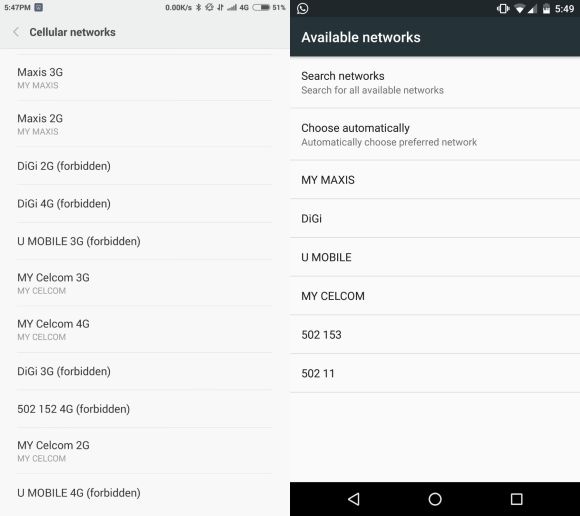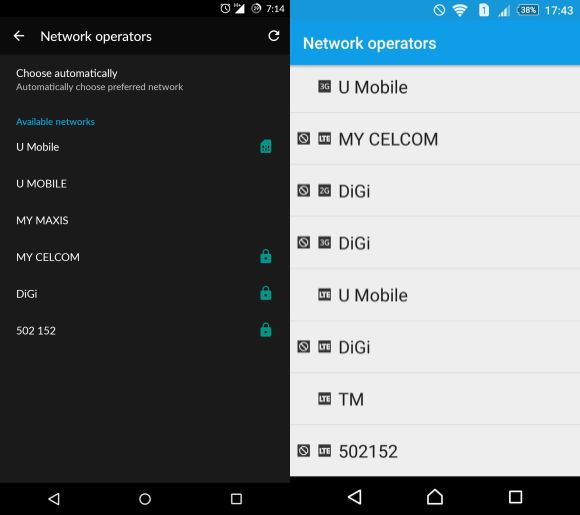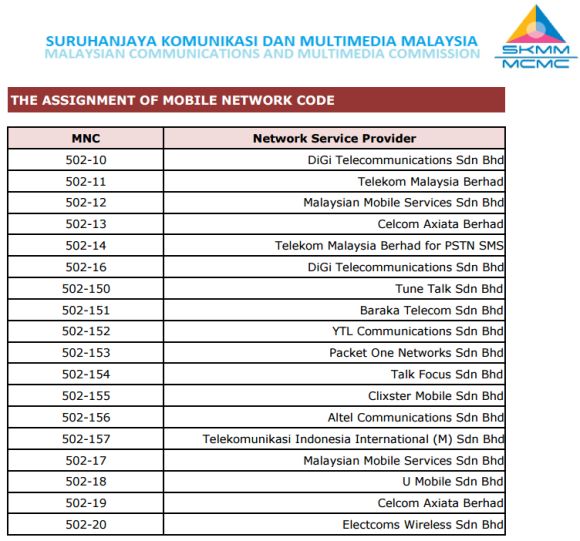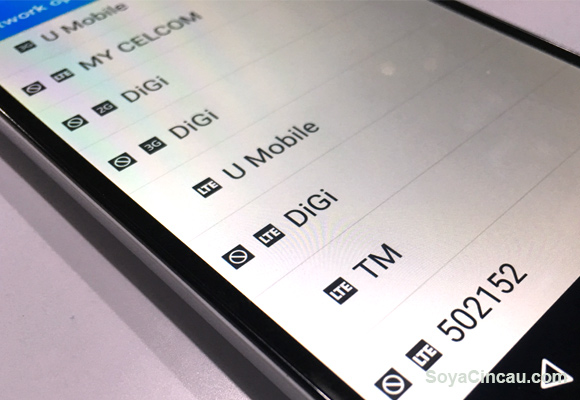Next year would be exciting with TM finally rolling out its full 4G LTE services. Competition is always good for us consumers and this could be a wake-up call to existing operators to buck up, or risk losing its customers.
So in total, you’ll have Celcom, Digi, Maxis, U Mobile and TM as the 5 key 4G LTE telcos in the country. Is that enough? Well, it appears a new player is about to jump into the ring.

5 years ago, the Malaysian government had allocated 2,600MHz LTE spectrums to 9 companies. Only 4 of them had officially rolled out commercial services namely Celcom, Digi, Maxis and U Mobile. With TM’s acquisition of P1, they now have access to the 2600MHz spectrum which they can roll out full LTE based telephony and data services. This is different from TMgo, a wireless broadband service that operates in a lower 850MHz frequency.

If you run a manual network search lately, you probably would notice a new network bearing the number 502 152. This was spotted at several locations including Seremban, Shah Alam and Damansara Heights. At some locations, you could detect 502 153.

For those who are clueless about the numbers, these are Mobile Network codes. According to MCMC, 502 152 belongs to YTL Communications while 502 153 belongs to Packet One Networks. We haven’t heard much from YTL Communications in a while and they could be making a big come back next year with 4G LTE. Their Yes 4G WiMAX service is still alive and running with occasional device bundle promotions.
So what’s the big deal if YTL launches its LTE service? Almost 2 years ago, YTL was reported to be testing TD-LTE on 2.3GHz, which supposedly is more efficient in bandwidth and cost. Utilising Time Division instead of Frequency Division, TD-LTE requires just one channel for download/upload as opposed to having a pair of frequencies for the same purpose.
In Malaysia, our existing telcos are running on FDD-LTE, while TD-LTE is commonly used in China and India. Whether TD-LTE is better than FDD-LTE boils down to the telco itself. It is not what you have, but how you manage your network and your customer experience.
Seamless transition from WiMAX, is also a factor why YTL favours TD-LTE. In an interview last year, its CEO Wing K Lee says that their WiMAX network is future proof and it won’t cost much for them to roll out LTE. Back then, YTL is claiming 85% population coverage with WiMAX and we can confirm it was definitely wider than P1 in our road test conducted exactly 5 years ago. If they could light up LTE nationwide at a flick of a switch, YTL could be a serious rival to Digi and Maxis. What do you guys think?
Thanks @ZikriMzd for the tip!
[ SOURCE ]







